Nowadays the penetration of the Internet is that significant, so it is hard to realize the world without Internet. Internet brought us in front of another technical revolution – smart devices appearance and Internet is a medium for their expansion. We call it Internet of Things or simply IoT. A fridge ordering food itself, really? In my childhood I could find this in fiction books, but today I can own it and, moreover, that is not the limit. Have you ever thought a car may be any kind smart? Please welcome Tesla. All these crazy things are happening today and do it very fast, Moors law still works. By having about 20 billion devices connected in 2020 we expect to have about 80 billion by 2025. Is that just a number, or it is something that will change our lifestyle?
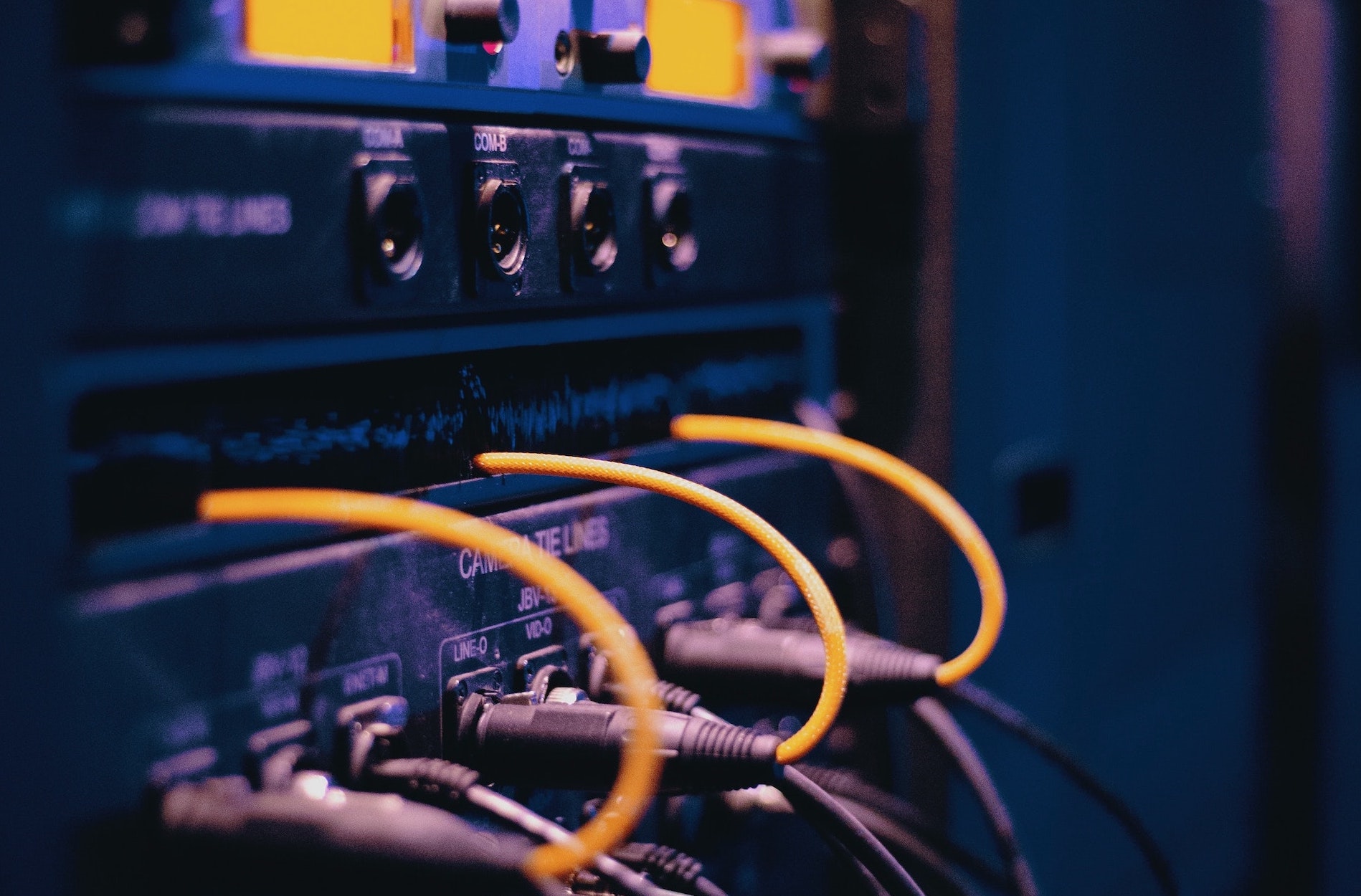
Along with Bluetooth, ZigBee, Wi-Fi, 6LoWPAN and LoRa the broadband adoption and spreading made IoT appearance and grow possible. On top of that a mobile internet made a boost also. Lots of mobile smartphones users and owners of other connected portables will experience a different and ultimate mobile data experience, so that will change their usage scenarios and will again increase the number of connected devices and amount of data exposed. So, 5G itself will be a real new era of mobility and extremely fast data transmission, what could be better for IoT?
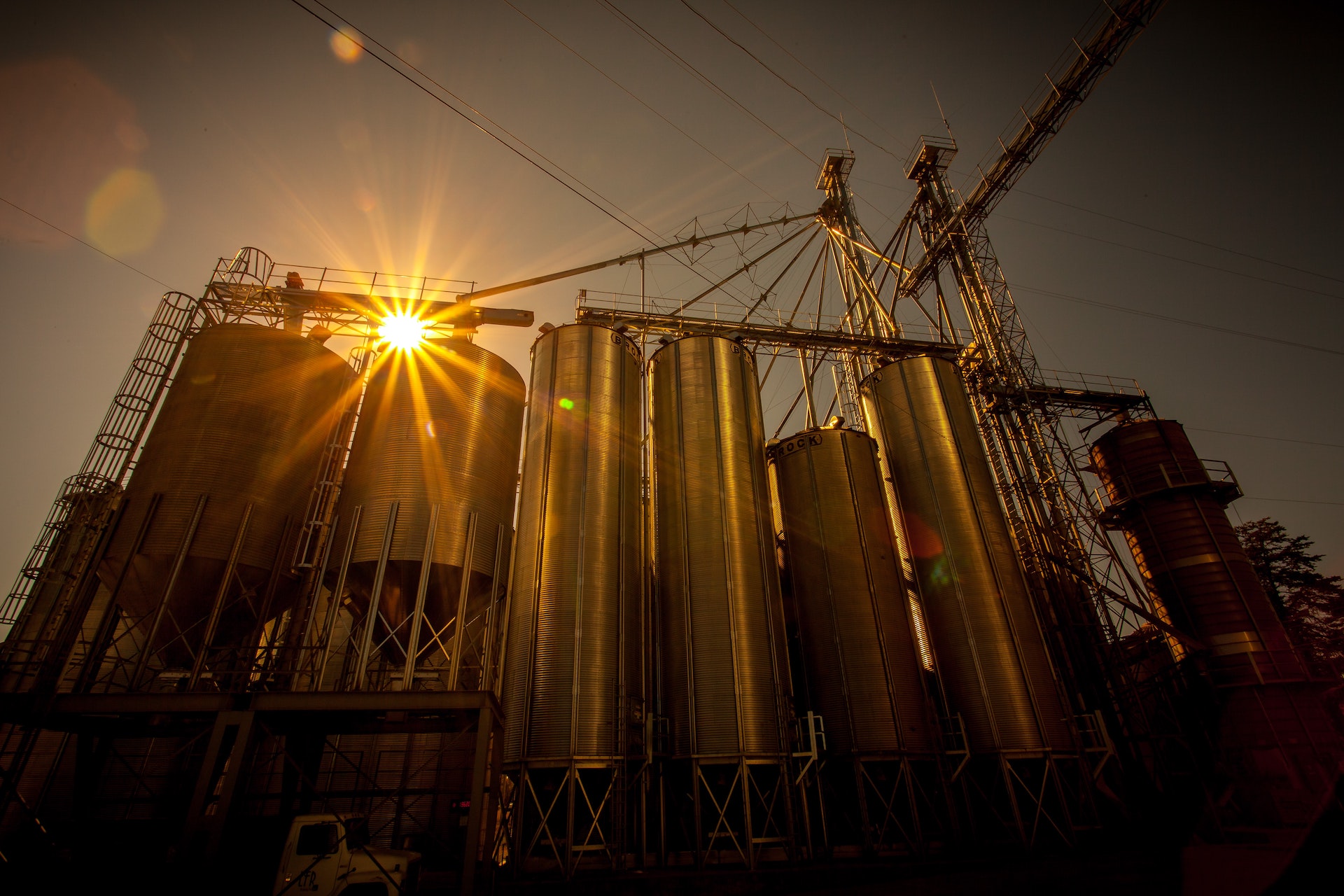
So far IoT adoption leads among consumers, while industries still get up to speed with the technologies. The good thing is that this gap gets smaller. It is expected that number of industrial IoT objects connected to the Internet will exceed consumer IoT objects within two years.
Smart homes setups and household automation evolution shall dramatically change the way we consume resources. Today it is not just about getting smart speaker, door lock or security camera. North America, Europe and Asia show growth in numbers of connected devices and adoption of more complicated smart home solutions like automated Heating, Ventilation, Air Conditioning as a part of Nest or Alexa based setups. It is proven that applying advanced home automation managed by AI based assistants in products like Amazon Echo or Google Home may result in 30-40% energy saving per household. And, as a result, wide automation adoption will result on lower carbon emission around the world.
IoT devices and sensors collect impressive amount of highly detailed data about the environment, different machines and of course consumers. Just imagine how much details are being collected and transmitted about you from only two devices: your activity tracking band on your wrist and your smartphone in your pocket. It is not limited to location tracking using GPS, but also heart rate, blood oxygen, daily routine, resize location inside building and even the exact product shelves you approached inside the mall – Bluetooth and Wi-Fi are also may be used to expose and collect the data about you. These days we see many concerns about data privacy compromised by different social media platforms and instant messenger applications. But what about more sensitive areas line healthcare and energy industries? Most probably more concerns to arise soon.
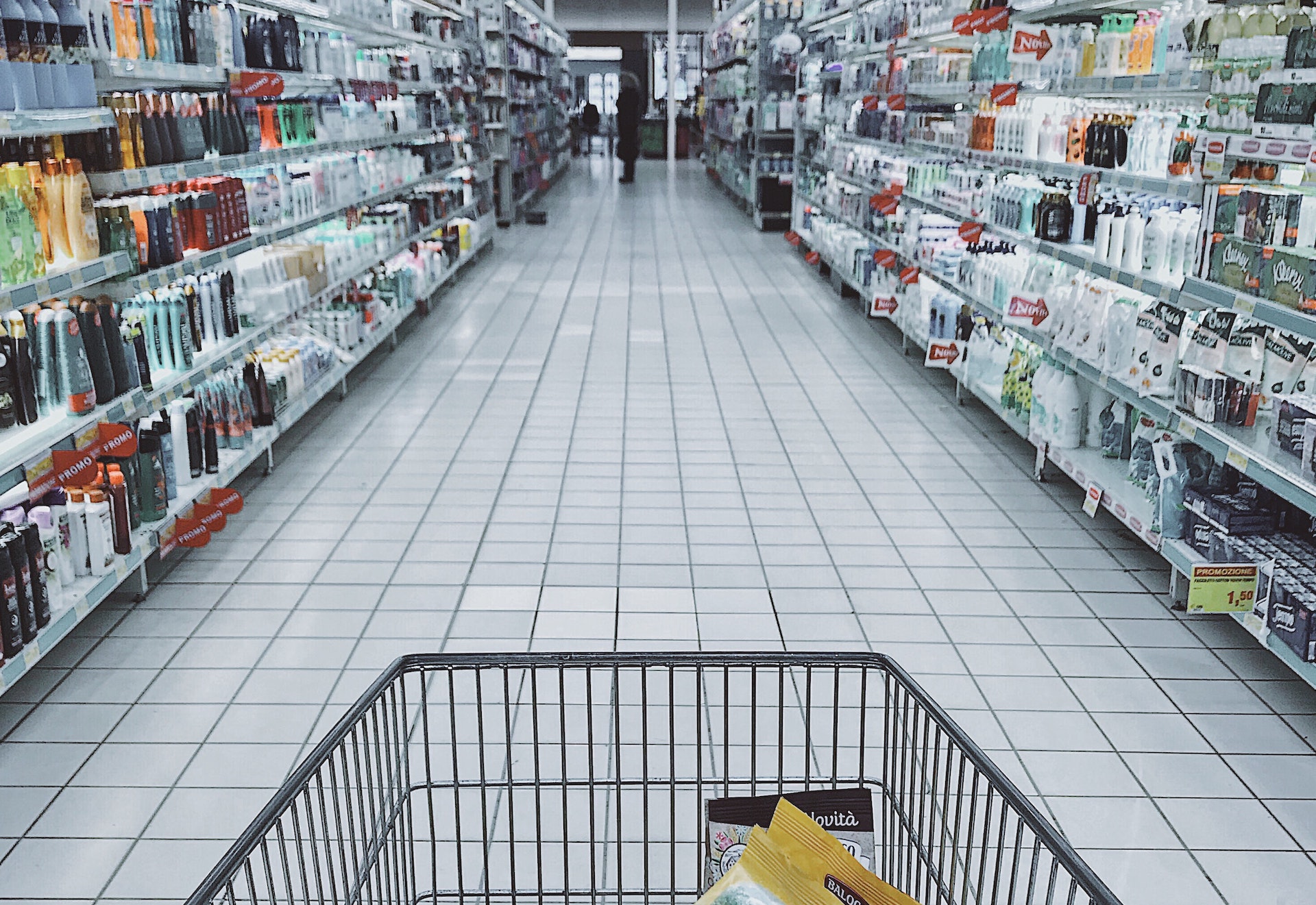
Fast Moving Consumer Goods industry struggles with supply and availability constraints for ages. IoT shall finally transform that. It is highly important to ensure dynamically adaptive chain between producers, resource suppliers, logistic operators, storages and retail to ensure there is a balance on every stage, orders are being tracked and all the changes are reflected on every end. Starting from IoT-enabled warehouses and ending with smart vending machines, consumers electronics and even smart shelves in stores will make more customers happy and result in less waste production, where FMCG may be probably named a leading industry.
Have you ever tried to get more maps to your navigation system in the car? What an awful nightmare is that – you have to visit your dealer and but SD Card, and that happens in era of Google maps and Waze. Fortunately, connected car of tomorrow won’t be just an electric vehicle receiving software updates via Interned. It is about data sharing between the vehicles, it is about making common standards among major car making companies and OEM providers to adopt IoT capabilities and introduce new king of infotainment, self-driving and of course security systems that will be capable to adapt continuously and provide better experience to consumers.
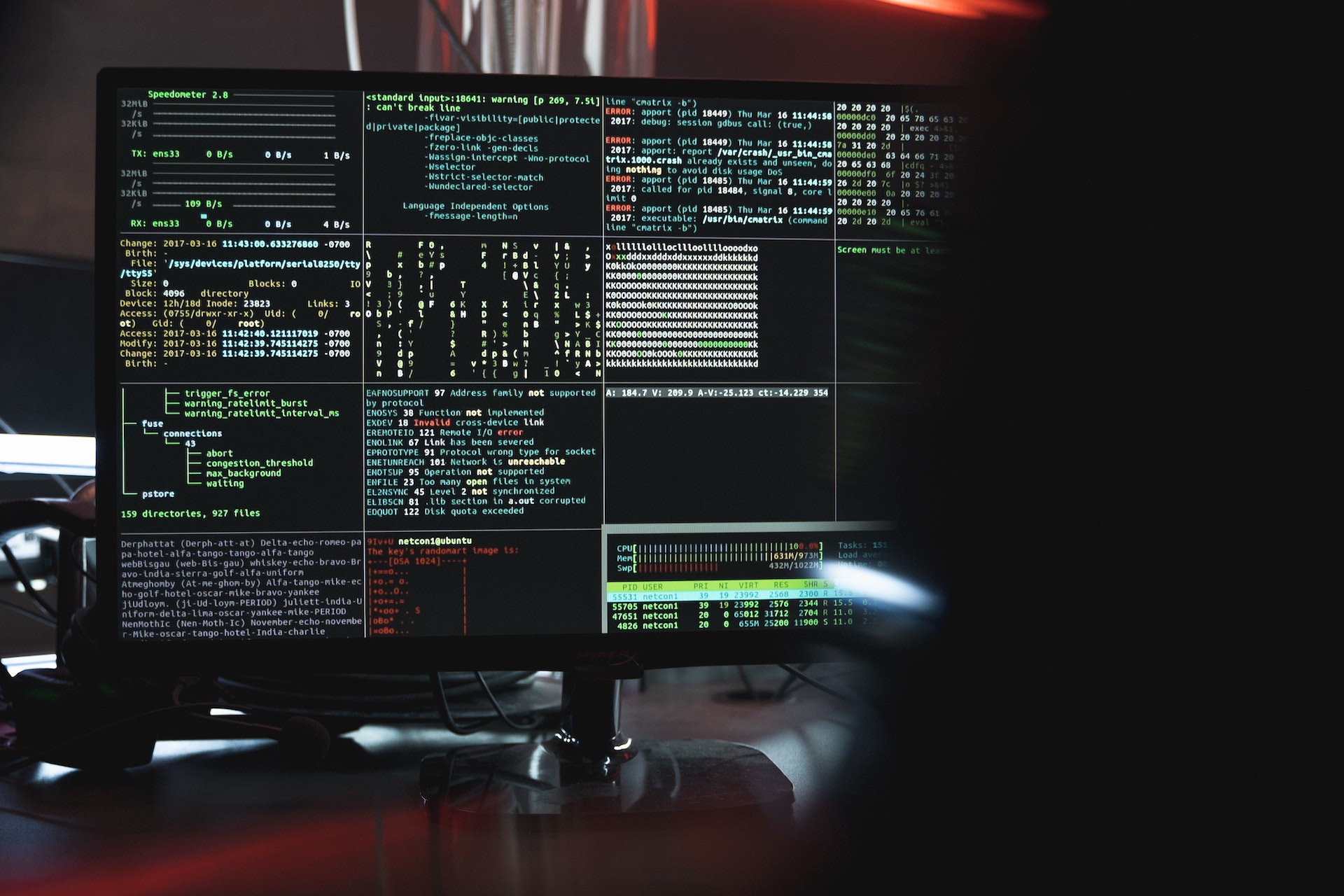
Manufacturing, energy, food factories and healthcare industries could be named the pioneers of IoT tech adoption. IoT is an extremely fast-growing network of devices that is completely not controlled by consumers in a typical way. This creates a space for new threats of crating malware, data leaking, botnet farming and so on, thus this creates a new area in cybersecurity world. Complex IoT environments may include both physical and software systems that are connected and a single network. Some parts of the system may work autonomous based on the data collected and provided by other components and sensors in the network. Just imagine someone substitutes water level sensors data with wrong values during flood, and automated dams and locks won’t react respectively, what would be the consequences? Then, let’s move to more sensitive industries like energy or healthcare, smart city infrastructure, etc.
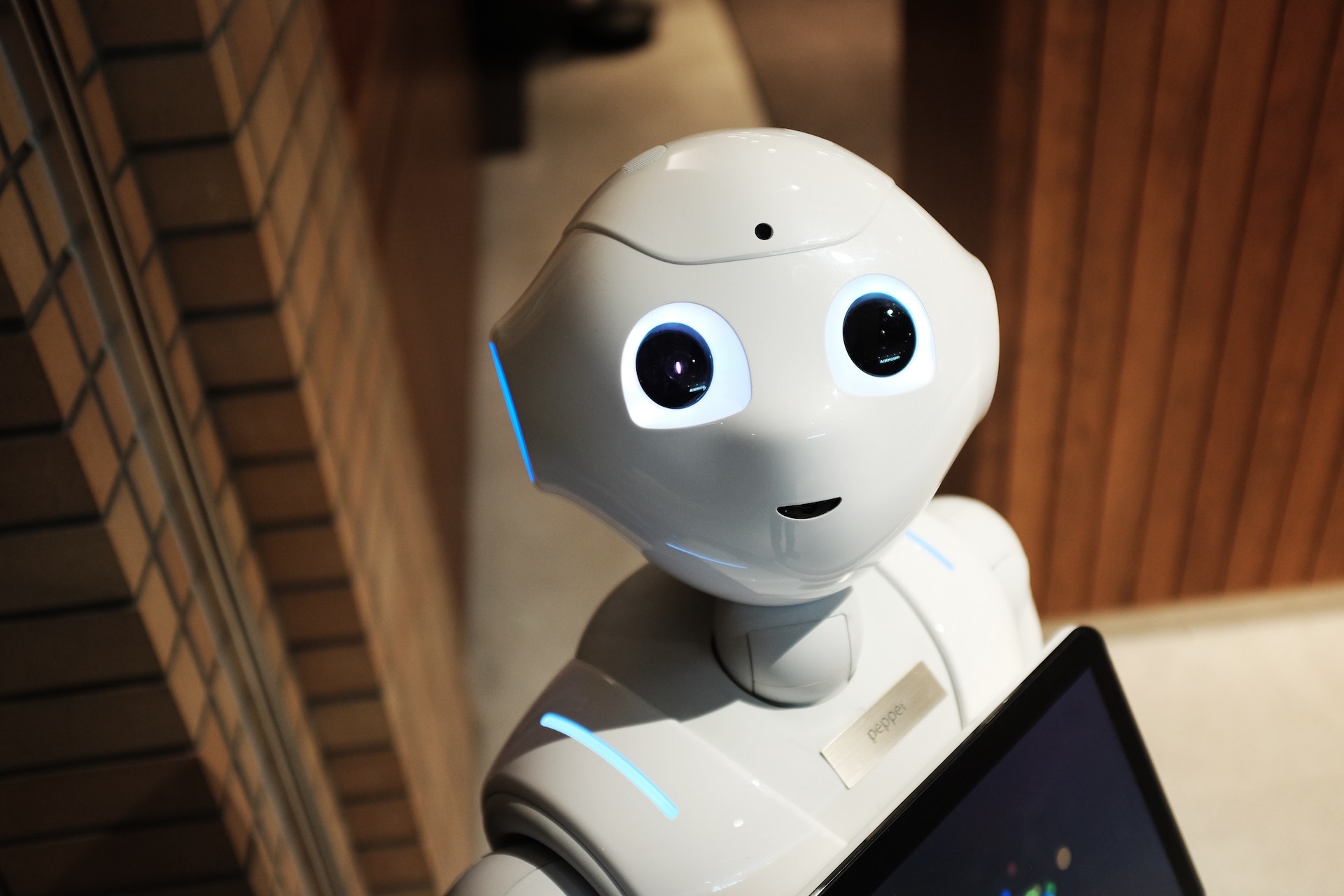
Artificial Intelligence shall definitely benefit from IoT spread. With 5G and more and more new devices get connected the data flow will have huge increase, so that will become better and continuously growing basis for Machine Learning that will push AI “self-education” to the new level which will impact many areas from well-known voice assistants to marketing and retails automation.
Driver-less trains still could be a shock for someone. But we already entered an era of self-riving cars. With all the existing legal and ethical concerns, we believe autonomous cars are almost here. But what about the next thing in transportation? Autonomous trucks are seemed to be almost here soon, it is expected that long-distance freight transportation in 2021 will be also executed by autonomous trucks. What about autonomous cargo ships, planes? Will you buy the ticket if you know the fly will be done on a self-driving fleet? It is expected that first autonomous flights will take place in 2035.
Smart devices, smart infrastructure, process automation – sounds great, isn’t it? But, if we try to think 5-10-15 years ahead, what will we see? We all know the fiction kind prediction about the robots that will steal our workplaces and substitute people in many areas. Well, we shall not take “robot” world literally, it is rather allegory and includes different tech implementation that reduces human’s involvement. The good thing is in particular cases this positively impacts on overall result (like improving quality and productivity) and reduce the risks (human factor related issues), but also transforms the labor market, or, in other words, reduces the number of vacancies and lowers the level of qualifications for those that requires human assignment.

Following the IoT adoption by consumers and industries the governments also realize its importance. Smart traffic lights, automated speed cams and similar solutions are the ones that open completely new concept of what is the city and how can it behave, how different services and organizations may collaborate on a level of smart city and what are the benefits for citizens. What next, smart world? Let’s see.